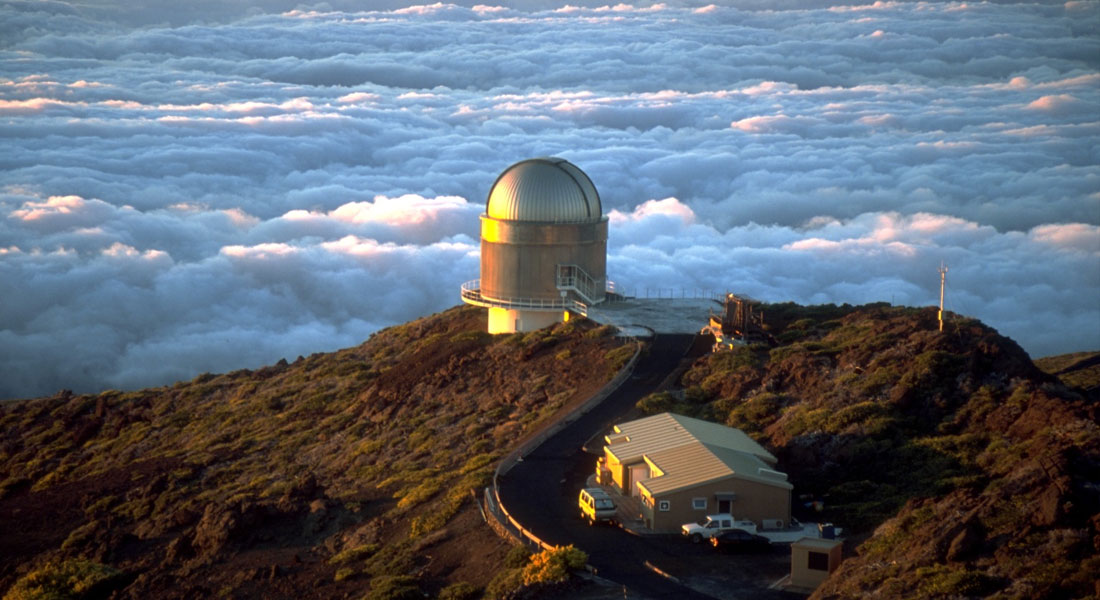About the project

NOT Transient Explorer (NTE) is a new instrument for the 2.5 metre Nordic Optical Telescope (NOT). The instrument design is inspired by the highly successful X-Shooter instrument of European Southern Observatory (ESO) - a project in which Niels Bohr Institute (NBI) also participated.
In addition to being inspired by X-shooter the NTE design is driven by a number of essential demands. NTE is supposed to be permanently mounted on the NOT so that it is always available (especially when there are rare transient events like, e.g., very distant and bright gamma-ray bursts).
- For this reason the instrument should also be able to fulfil the needs of the large majority of the user community.
- In addition, we want to be able to quickly acquire a spectrum of sources that are only visible in the near-IR (e.g., very dust obscured or very high-redshift sources). '
- For this reason NTE must be able to do near-IR imaging and slit-acquisition should be possible using the near-IR imager.
Finally, we have decided to have only 23 arcsec long slit (unlike X-shooter that has three different slits - one for each spectrograph).
These considerations have led to the following design: NTE provides in one exposure intermediate resolution spectrum from ultraviolet (about 320 nm) all the way to the start of the thermal infrared (2.4 micrometers).
- The spectrograph has three arms (UV, VIS and NIR) fed by a single 23 arcsec long slit.
- The spectrograph can also do spectropolarimetry.
- In addition to the spectroscopic mode NTE has two imagers each covering a field-of-view of 6 arcmin - one ultraviolet/visible imager and one infrared imager.
The user can choose to either do spectroscopy in the full wavelength range or imaging in two filters, one in ultraviolet/visible and another one in infrared.
Team: NTE project is lead by NBI and NOT, where the principal investigator and the project office are located.
- Additional team members are in our partner institutes.
- The full list of the core team can be found here.
Funding: The core funding for the project comes from the Carlsberg foundation, but there are contributions from a wide range of collaborating institutions and scientists.
- The funding from the Carlsberg foundation mainly covers the spectrograph hardware.
- Additional funding for different aspects of the project, e.g., man power, and hardware for the imagers, comes from our partners and The Instrument Center for Danish Astrophysics (IDA).
Timeline: The first light of NTE is expected in 2025.


